-
×
 BD140 PNP transistor 80V 1A 12W
1 × EGP3.00
BD140 PNP transistor 80V 1A 12W
1 × EGP3.00 -
×
 RF Wireless transmitter and receiver kit 433Mhz
1 × EGP55.00
RF Wireless transmitter and receiver kit 433Mhz
1 × EGP55.00 -
×
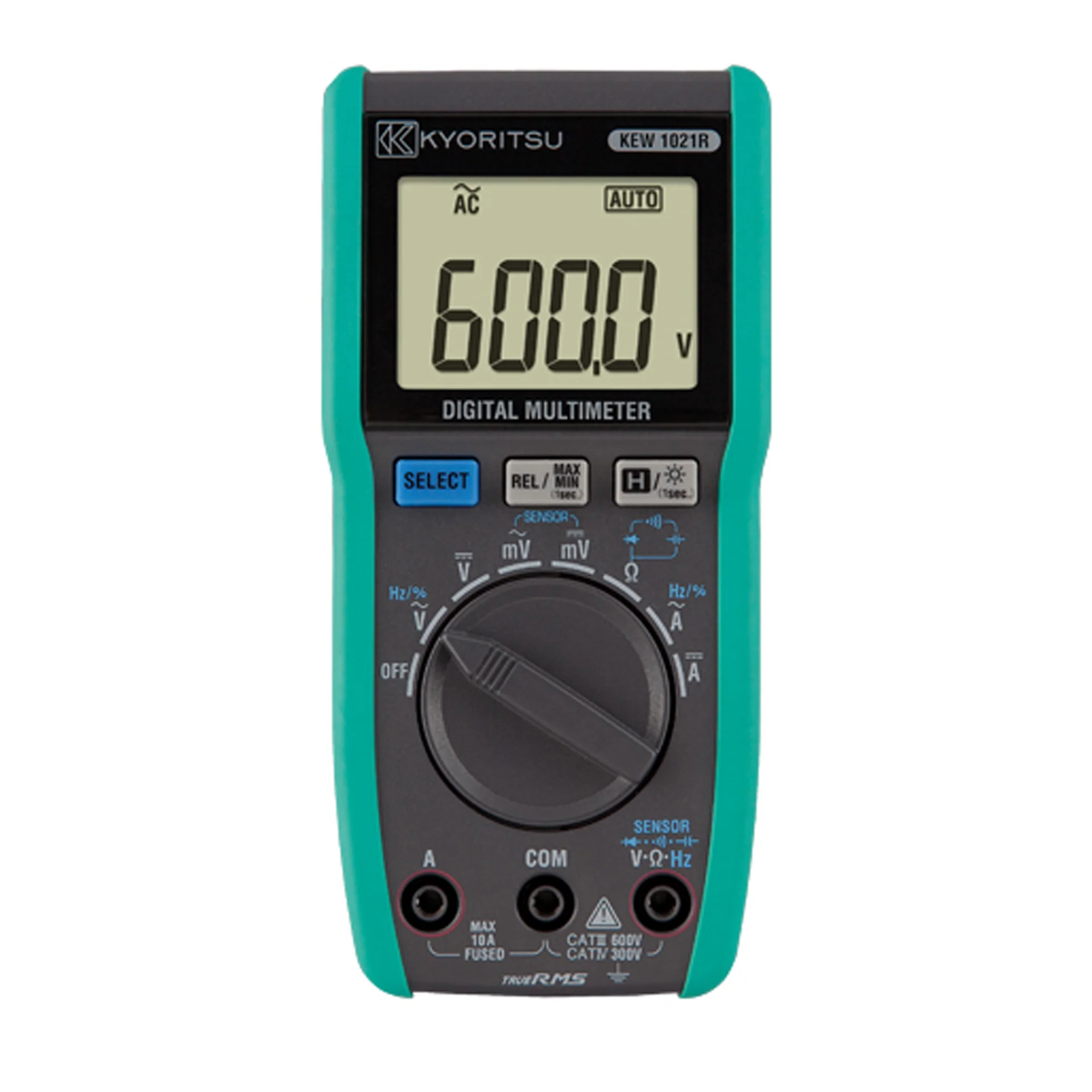 KEW 1021R DIGITAL MULTIMETER
1 × EGP3,300.00
KEW 1021R DIGITAL MULTIMETER
1 × EGP3,300.00
Product Overview
The Photo Resistor Sensor LDR 7mm is a light-sensitive component designed to detect ambient light intensity in automation, security, and consumer electronics. This Light Dependent Resistor (LDR) decreases resistance with increasing light exposure, enabling light-triggered control in circuits. Its compact 7mm diameter, wide spectral response, and durability make it ideal for daylight sensors, night lights, and educational STEM projects.
Key Features
- High Sensitivity: Resistance range ~200Ω (bright light) to ~20MΩ (dark).
- Wide Spectral Response: Peak sensitivity at 540nm (green light).
- Compact Size: 7mm diameter for easy integration into tight spaces.
- Low Cost: Budget-friendly solution for light-sensing applications.
- Durable Design: Epoxy-coated cadmium sulfide (CdS) element for moisture resistance.
- Simple Integration: Two-pin through-hole design for breadboards or PCBs.
- Compliance: RoHS-certified for environmental safety.
Technical Specifications
- Resistance Range: 200Ω (10 lux) – 20MΩ (0 lux)
- Max Voltage: 150V DC/AC
- Power Dissipation: 100mW (max)
- Spectral Peak: 540nm
- Response Time: 20ms (rise), 30ms (fall)
- Operating Temperature: -30°C to +70°C
- Lead Length: 28mm (tinned copper)
- Dimensions: 7mm (dia) x 2mm (thickness)
Benefits
- Energy-Efficient: No external power required for basic light detection.
- Versatile: Compatible with Arduino, Raspberry Pi, and analog circuits.
- Long Lifespan: Stable performance under repeated light cycles.
- Educational: Perfect for teaching light-dependent resistance principles.
- Low Maintenance: Passive component with no moving parts.
Usage Instructions
- Circuit Connection: Wire in series with a resistor to form a voltage divider.
- Calibration: Measure output voltage across the LDR to map light levels.
- Microcontroller Integration: Connect to ADC pins for digital light sensing.
- Mounting: Position away from direct heat sources to avoid false triggers.
- Testing: Use a flashlight to simulate light/dark transitions and validate response.
Safety & Storage
- Handling: Avoid mechanical stress on leads; do not exceed 100mW power.
- Storage: Keep in a dark, dry container to prevent premature aging.
- Operational Limits: Do not apply >150V or expose to UV-intensive environments.
- Soldering: Use a 300°C iron for ≤3 seconds to prevent coating damage.
Applications
- Automatic streetlights and garden lighting
- Camera exposure control systems
- Security system daylight detectors
- IoT devices for smart home automation
- DIY light meters and sunrise alarms
- Robotics light-following sensors
Why Choose the 7mm LDR Sensor?
This photoresistor offers a simple, cost-effective solution for light-sensing needs across industries. Its robust design, wide resistance range, and compatibility with microcontrollers make it indispensable for hobbyists and engineers alike. Whether automating lighting or prototyping an energy-saving device, the LDR 7mm delivers reliable performance in diverse lighting conditions.
Wiring Diagram
Here’s a basic wiring setup for connecting an LDR to an Arduino:
+--- LDR ---+
| |
| |
GND VCC (5V)
| |
[R] [A0]
| |
GND Analog Pin A0Detailed Connections:
- One lead of the LDR connects to a 5V supply from the Arduino.
- The other lead of the LDR connects to one end of a resistor (R), often 10kΩ, and the other end of the resistor connects to GND.
- The junction between the LDR and the resistor connects to an analog input pin of the Arduino (e.g., Pin A0).
Arduino Code Example
Below is an Arduino sketch that reads the LDR value and outputs the light intensity to the Serial Monitor.
#define LDR_PIN A0 // Define the input pin for LDR
void setup() {
Serial.begin(9600); // Start the Serial communication
}
void loop() {
int ldrValue = analogRead(LDR_PIN); // Read the LDR value
Serial.print("LDR Value: ");
Serial.println(ldrValue); // Print the LDR value to Serial Monitor
// Add a small delay for stability
delay(500);
}Explanation of Code
- analogRead() Function: This function reads the voltage at the specified analog pin (0 to 5V) and returns a value between 0 and 1023.
- Serial Communication: The output is sent to the Serial Monitor for monitoring the changing resistance of the LDR based on light intensity.
Applications
LDRs are used in various applications including, but not limited to:
- Automatic Lighting Control:
- Streetlights that turn on automatically at dusk using ambient light intensity.
- Indoor lighting control systems based on the level of natural light.
- Light Sensing & Measurement:
- Measuring light intensity for scientific experiments or weather stations.
- Used in photography to adjust exposure based on lighting.
- Solar Garden/Pathway Lights:
- Lights that charge during the day and turn on automatically at night.
- Security Systems:
- Light-based intrusion detection systems, activating alarms when light levels change (e.g., breaking a light beam).
- DIY Projects:
- Basic robotics or automation projects where light detection is needed.
- Interactive installations and art projects where light intensity impacts behavior.
Considerations for Use
- Resistance Variation: The resistance of the LDR can fluctuate based on ambient temperature and aging, so calibration may be necessary.
- Precision: For critical applications in which light measurement needs to be precise, consider using calibrated light sensors.
- Environmental Effects: Direct sunlight can lead the LDR to produce lower resistance readings, so proper shading may be required for certain applications.
- Frequency Response: LDRs generally respond slowly compared to other light sensors (e.g., photodiodes), so they may not work well for detecting rapid light changes.
Troubleshooting
- Check Connections: Ensure all wiring is correct and secure.
- Resistor Value: If readings are too low or too high, try changing the resistor value.
- Serial Monitor: Use the Serial Monitor to verify that the readings from the sensor are changing as expected.
- Environmental Light: Ensure that the sensor is placed in an environment with varying light conditions to test its sensitivity.
Conclusion
The 7mm LDR photoresistor is a versatile and commonly used electronic component for various light-sensing applications. With straightforward wiring and simple programming, it can be integrated into a wide range of projects, from home automation to educational purposes. Understanding the characteristics of the LDR and its responses to light intensity can help create innovative solutions in numerous fields, including robotics, environmental monitoring, and smart living.
Only logged in customers who have purchased this product may leave a review.



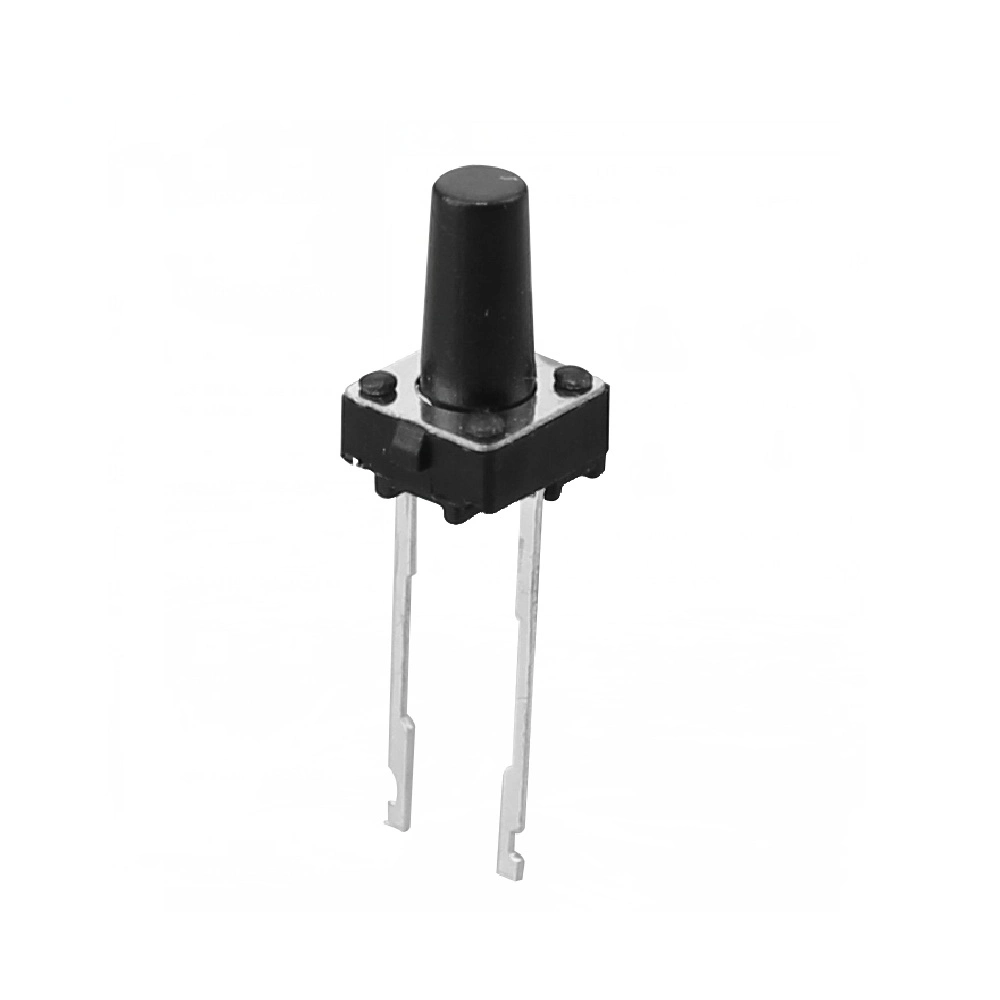






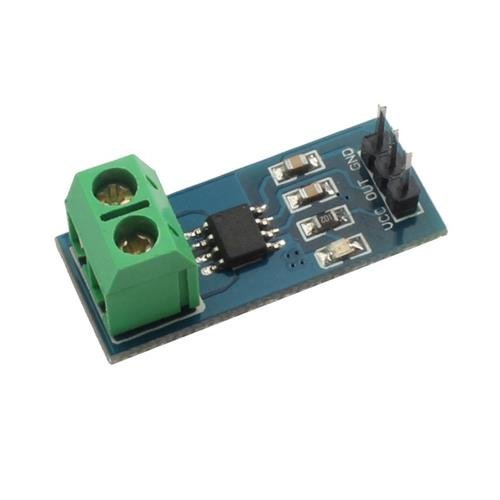
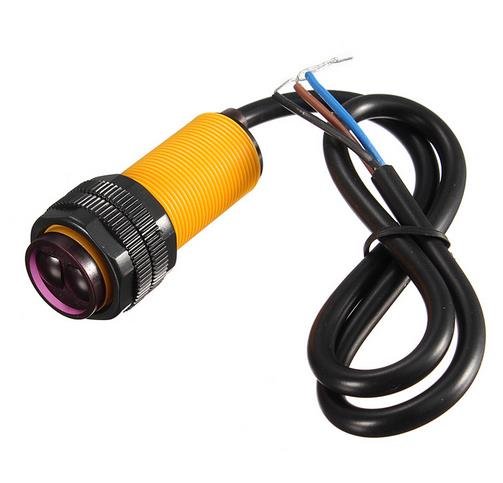

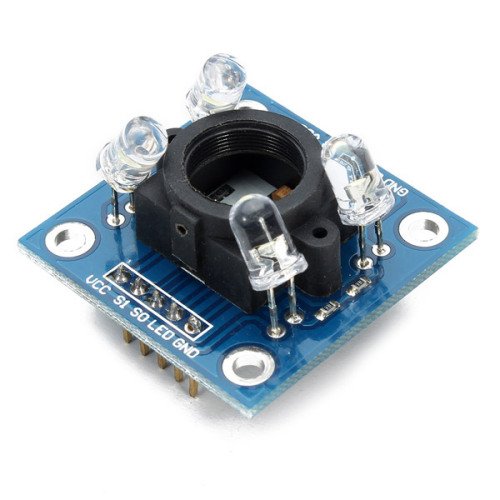


Reviews
There are no reviews yet.